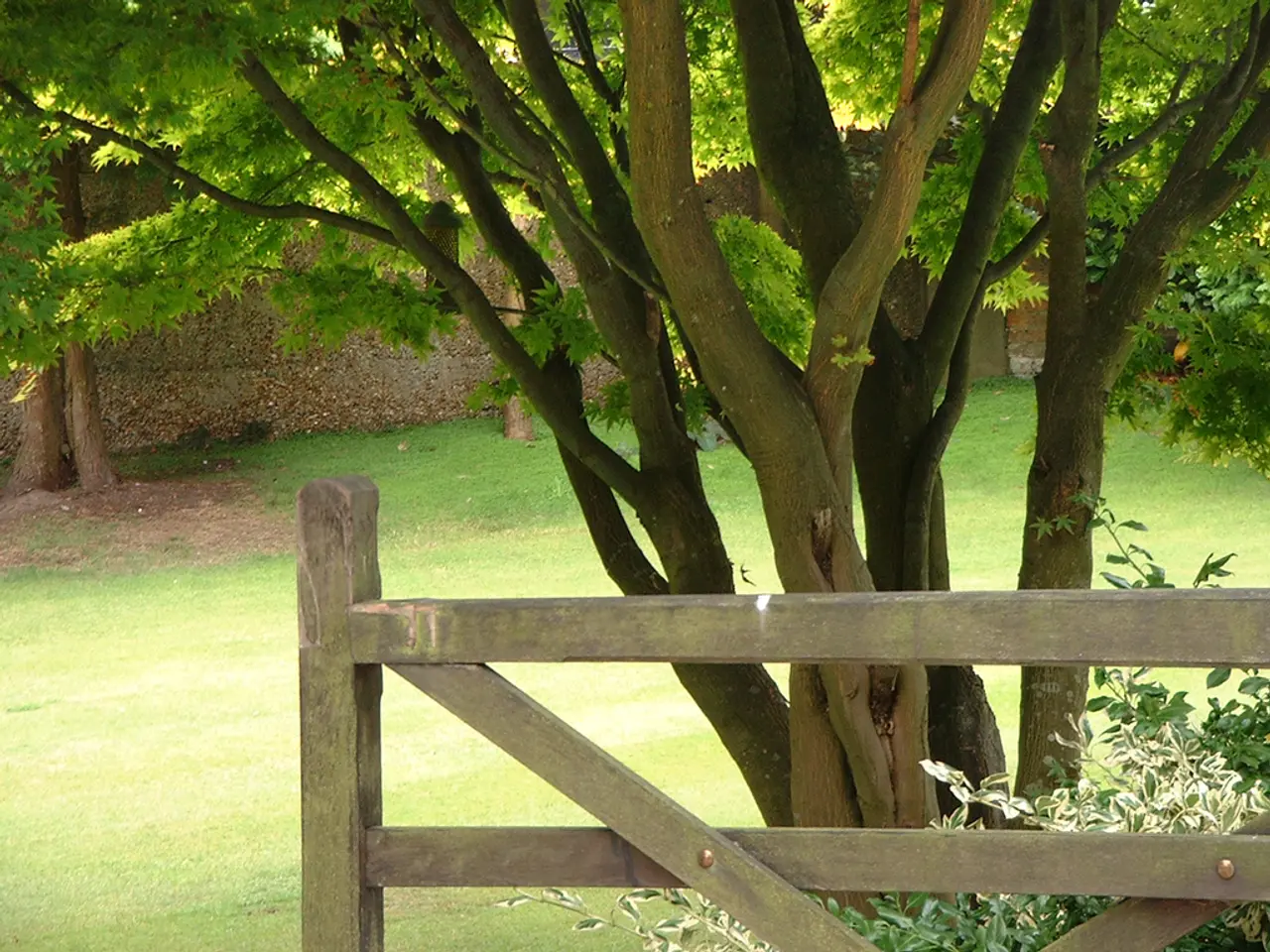Urban Development Guided by Ecological Landscaping for a More Green Urban Setting
In the rapidly urbanising world, the importance of green infrastructure and sustainable city planning has never been more crucial. Green cities, with a focus on energy efficiency to combat emissions, are becoming increasingly common. However, it's not just about setting aside green spaces for local ecosystems to grow; the shape and structure of these spaces matter too.
This is where landscape ecology comes into play. A landscape, defined as a spatial area composed of a mosaic of patches, distinct areas that can serve as habitats for species, provides valuable insights into urban planning. Landscape ecology investigates the impact of a landscape's structure and features on various species and ecosystems over time and space.
One of the key concerns with urban environments is the significant loss of species richness due to their unnatural boundaries and shapes. Most of the world's species are edge averse, meaning they would actively avoid boundaries with hard edges, effectively reducing their habitat area. Animals and plants prefer rounder habitats with natural boundaries, and patch geometry plays a significant role in habitat quality.
Much of green planning and infrastructure is yet to utilise landscape ecology principles to promote sustainability and biodiversity. For instance, fragmentation of habitats can reduce biodiversity by up to 75% and is of key concern for conservationists. But it can be prevented by connecting patches through green corridors.
Integrating landscape ecology into urban planning can boost biodiversity and reduce greenhouse emissions by optimising land use. Key strategies include incorporating nature-based solutions (NbS), applying ecological resilience planning, promoting multifunctional landscapes, integrating biodiversity into urban design, enhancing social cohesion and inclusivity, and quantifying benefits to build support.
Nature-based solutions, such as green roofs, urban forests, restored wetlands, and permeable surfaces, enhance urban resilience and livability while providing environmental, social, and economic co-benefits. They help cities absorb climate shocks, reduce heat islands, and improve air and water quality.
By viewing urban regions as complex social-ecological systems (SES) and mapping and designing interconnected green and blue spaces, planners can support biodiversity and ecosystem services, enabling cities to adapt to climatic uncertainties and extreme events.
Using integrated landscape approaches (ILAs) to reconcile land use demands ensures that green spaces serve multiple roles such as habitat provision, recreation, stormwater management, and community engagement, thereby supporting both ecological integrity and social equity.
Creating habitat corridors, enhancing native species planting, and protecting natural features within urban matrices support wildlife movement and ecosystem health. Sustainable urban spaces foster community wellbeing by providing inclusive public green spaces that encourage social interaction, promote mental health, and support active lifestyles.
Measuring NbS outcomes in terms of reduced healthcare costs, infrastructure savings, and property value increases strengthens political and public commitment to ecological urban planning. Together, these principles enable city planners to design green cities that are sustainable, biodiverse, resilient, and equitable by working with natural processes rather than against them, creating urban environments that are both functional and regenerative.
Unfortunately, edge-friendly species, due to the prevalence of hard edges in urban environments, often become invasive species, such as brown-headed cowbirds. This underscores the importance of considering the needs of all species, not just those that thrive in edges, in our urban planning efforts.
In conclusion, embracing landscape ecology principles in urban planning can lead to the creation of cities that are truly green and teeming with life, contributing to global biodiversity conservation efforts and combating climate change.
- Green cities, focusing on energy efficiency to combat carbon emissions, are becoming more common, but it's essential to consider the shape and structure of the green spaces for optimal habitat quality and biodiversity.
- Landscape ecology, investigating the impact of a landscape's structure on species and ecosystems over time and space, provides valuable insights into urban planning for enhancing biodiversity.
- Fragmentation of habitats can significantly reduce biodiversity, so connecting patches through green corridors is crucial for conservationists to combat habitat loss.
- Integrating landscape ecology into urban planning can reduce greenhouse emissions, boost biodiversity, and improve urban livability by optimizing land use and incorporating nature-based solutions.
- Nature-based solutions, such as green roofs, urban forests, restored wetlands, and permeable surfaces, can absorb climate shocks, reduce heat islands, and improve air and water quality in cities.
- Viewing urban regions as complex social-ecological systems and designing interconnected green and blue spaces can support biodiversity, ecosystem services, and help cities adapt to climatic uncertainties and extreme events.
- Embracing landscape ecology principles in urban planning can lead to cities that are sustainable, biodiverse, resilient, and equitable by working with natural processes, creating urban environments that are both functional and regenerative, and contributing to global biodiversity conservation efforts and combating climate change.





